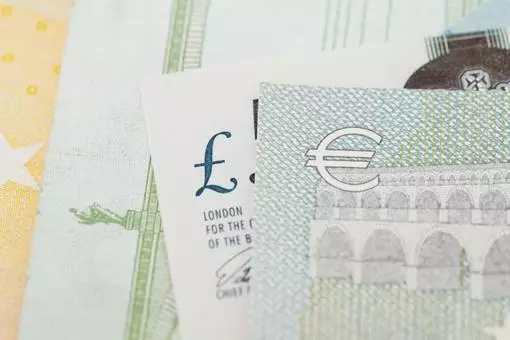Japan Trade Deficit Soars
- 20th February 2014
- Business & Economy

Japan’s trade deficit has shot upwards as aggressive monetary policy has affected import costs. We look into the key factors that have impacted Japan’s economy …
Figures released today, and reported by BBC News, show that the nation’s trade gap shot up by a striking 71 per cent in January compared to the previous month, taking the total as high as 2.79 trillion yen (£16.4 billion).
Although January’s data represents the nineteenth consecutive month in which the deficit has grown, the new record has cast further doubt on what has proven to a divisive approach to monetary policy.
Christened ‘Abenomics’, the raft of economic policy measures has been introduced by prime minister Shinzo Abe, who is faced with the unenviable task of bringing nearly two decades of stagnant economic activity and deflation to a close.
This three-pronged plan includes a monetary policy aimed at reaching the ambitious target of two per cent inflation, alongside fiscal policies focusing on short-term economic support and structural reforms to encourage investment.
The first strand of his approach has followed the same principle as those seen in the US, UK and several other developed economies: implementing widespread monetary easing to kickstart the ailing giant, boost consumer spending and in turn encourage inflation.
Since the current governor of the Bank of Japan Haruhiko Kuroda – Mr Abe’s preferred candidate for the role – announced the country’s huge asset purchase programme last year, it has certainly delivered on the immediate promise of devaluing the yen. The currency has lost almost a fifth of its value against the dollar in the past year.
“The Yen is being sharply devalued, the economy is stalling, and the debt-to-GDP ratio is well over 200%. Plus, tax hikes are due in April. With an ageing population and $3.6 trillion pension money in Japanese government bonds, everyone wants to disinvest. The Japanese economy seems to be in trouble,” said Dave Coker, Associate Lecturer at LSBF.
It was hoped that by making Japanese goods and services cheaper, these moves would boost exports and stimulate growth at home. This does seem to have been one of its effects, at least to an extent – exports did rise by almost a tenth from month to month in January.
But the other immediate effect of a weak yen has taken its toll on the nation’s trade figures. Imports are also much more expensive than they were, which accounts for the exceptional leap in the value of goods brought into Japan. It had been hoped that imports would eventually ease as consumers avoided the higher prices.
However, Bloomberg reported that the majority of the rise came from the cost of importing energy from abroad, which suggests that the effects of Abenomics might have been more keenly felt if Japan’s nuclear reactors were not still shuttered.
According to Jonathan Price, Associate Finance Lecturer at LSBF, the key factor in Japan’s recent performance is energy. “The country has had to replace all its nuclear power, previously accounting for 30% of total power generation, by imported fossil fuels, principally LNG and oil”, he said.
“These energy imports now make up a third of Japan’s total import bill, and the quantities are so large that they have had a marked impact on the world price for LNG to the detriment of countries such as the UK, making gas fired peer generation unprofitable,” added Price.
<Principal image courtesy xiquinhosilva/Some rights reserved>
Other News
What Role Does Motivation Play in Managing an Organisation?
What role does motivation play in managing an organisation? Motivation is one of the major factors for driving success. If…
The impact of the Brexit deal on the accountancy sector
After months of uncertainty and political wrangling, a Brexit deal was finally announced on Christmas Eve 2020. The deal includes…
5 Essential elements of a winning business development plan
The first step to building or expanding a business is creating a concrete business development plan. Entrepreneurs will find plenty…



